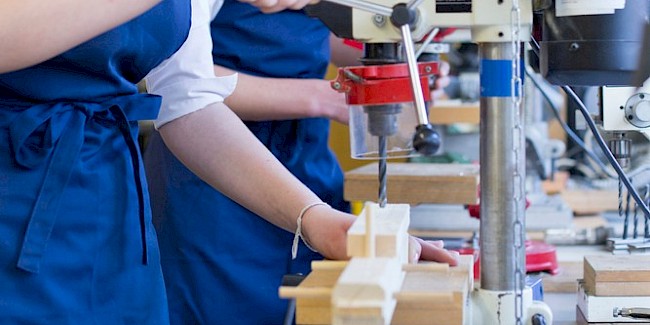Key Stage 3 Design and Technology
Curriculum Overview
| | Term 1 | Term 2 | Term 3 | Term 4 | Term 5 | Term 6 |
|---|
| Year 7 | Textiles Soft Toy Food Electronic Alarm Metal & Timber Windchime | Textiles Soft Toy Food Electronic Alarm Metal & Timber Windchime | Textiles Soft Toy Food Electronic Alarm Metal & Timber Windchime | Textiles Soft Toy Food Electronic Alarm Metal & Timber Windchime | Textiles Soft Toy Food Electronic Alarm Metal & Timber Windchime | Textiles Soft Toy Food Electronic Alarm Metal & Timber Windchime |
| Year 8 | Textiles Pencil Case Food Mechanisms OnShape CAD - Mobile Phone Holder | Textiles Pencil Case Food Mechanisms OnShape CAD - Mobile Phone Holder | Textiles Pencil Case Food Mechanisms OnShape CAD - Mobile Phone Holder | Textiles Pencil Case Food Mechanisms OnShape CAD - Mobile Phone Holder | Textiles Pencil Case Food Mechanisms OnShape CAD - Mobile Phone Holder | Textiles Pencil Case Food Mechanisms OnShape CAD - Mobile Phone Holder |
| Year 9 | Design Skills - Drawing Techniques Timber Lanterns Textiles Upcycling | Design Skills - Drawing Techniques Timber Lanterns Textiles Upcycling | Design Skills - Drawing Techniques Timber Lanterns Textiles Upcycling | Making
Design Skills - Drawing Techniques Timber Lanterns Textiles Upcycling | Design Skills - Drawing Techniques Timber Lanterns Textiles Upcycling | Design Skills - Drawing Techniques Timber Lanterns Textiles Upcycling |
Year 7
Students receive one lesson per week; and rotate in 12 week blocks; to the following different Design and Technology areas. They will follow a ‘Cyclical Design Process’, to solve problems and produce a prototype or finished product; by exploring the following projects:
- Textile Soft Toy
- Metal and Timber Windchime
- Electronic Alarm
- Food
Students will use industry standard tools and machines therefore health and safety are of paramount importance and form a large part of year 7.
Drawing skills are essential, and therefore basic drawing techniques are introduced within each area of study.
Students will also learn about tools and correct tool usage, Computer Aided Design (CAD) and Computer Aided Manufacture (CAM).
Year 8
Students receive one lesson per week; and rotate in 12 week blocks; to the following different Design and Technology areas. They will follow a ‘Cyclical Design Process’, to solve problems and produce a prototype or finished product; by exploring the following projects:
- Textile Pencil Case
- Food
- Mechanisms
- Onshape CAD – Mobile Phone Holders
Students will build on their year 7 experiences with a more complex range of problems to solve.
Year 9
Students receive one lesson per week; and rotate in 12 week blocks; to the following different Design and Technology areas. They will follow a ‘Cyclical Design Process’, to solve problems and produce a prototype or finished product; by exploring the following projects:
- Design Skills – Drawing Techniques
- Timber Lantern Project
- Textiles Upcycle Project
Students carry out mini contextual challenges, to prepare them for the GCSE coursework NEA (Non-Examined Assessment), if they choose to take the subject.
Assessment
Design and Technology is a practical subject and, alongside the school assessment guidelines assessments will be made of the pupils’ practical and theoretical skills as we move through the year. Frequent constructive verbal feedback will be given to pupils throughout lessons from the teacher and through peer assessment.
The practical and evaluative skills learnt throughout KS3 are used within the KS4 curriculum and beyond.
Further Reading/Resources



